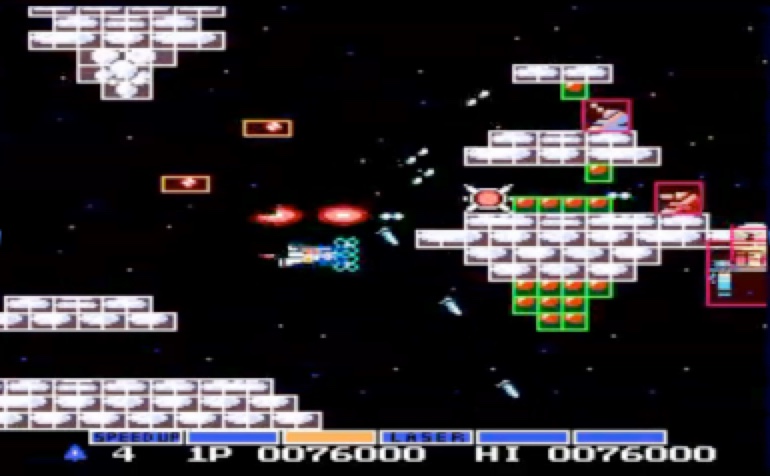In the last weeks, I was almost fully occupied by many things including the entrance examination of our graduate school and some conferences. In the conferences, I was made three invited talks in different topics, which were distributed from very basic polymer science for beginners to an advanced (rather maniac) topic on polymer dynamics. In between, at the middle of the topic distribution and also at the middle of the conferences, I delivered the talk on modeling and simulations of polymer dynamics. For the modeling, the key issue is coarse-graining, in which several atoms in the system are bundled into one calculation element. By this strategy, we can largely reduce the calculation costs.
In the talk on polymer dynamics, I used this movie to demonstrate the advantage of coarse-graining strategy for the reduction of calculation costs. The reduction is actually made by the collision detection. As shown in the movie, in the screen, the fighter and the enemies are drawn in a fine picture. But the collision detection between obstacles is made between the outward squares, neglecting the fine structures. This collision detection allows us to enlarge the calculation interval (delta t) for the numerical integration. If we have to consider the collision between fine architectures, the calculation interval is limited to attain that the moving distance (in delta t) of obstacles must be smaller than the characteristic length of the fine structure.
In short, what I am making is to create a new trick for smart collision detection between polymers… The movie is my favorite and thanks for the creator.
